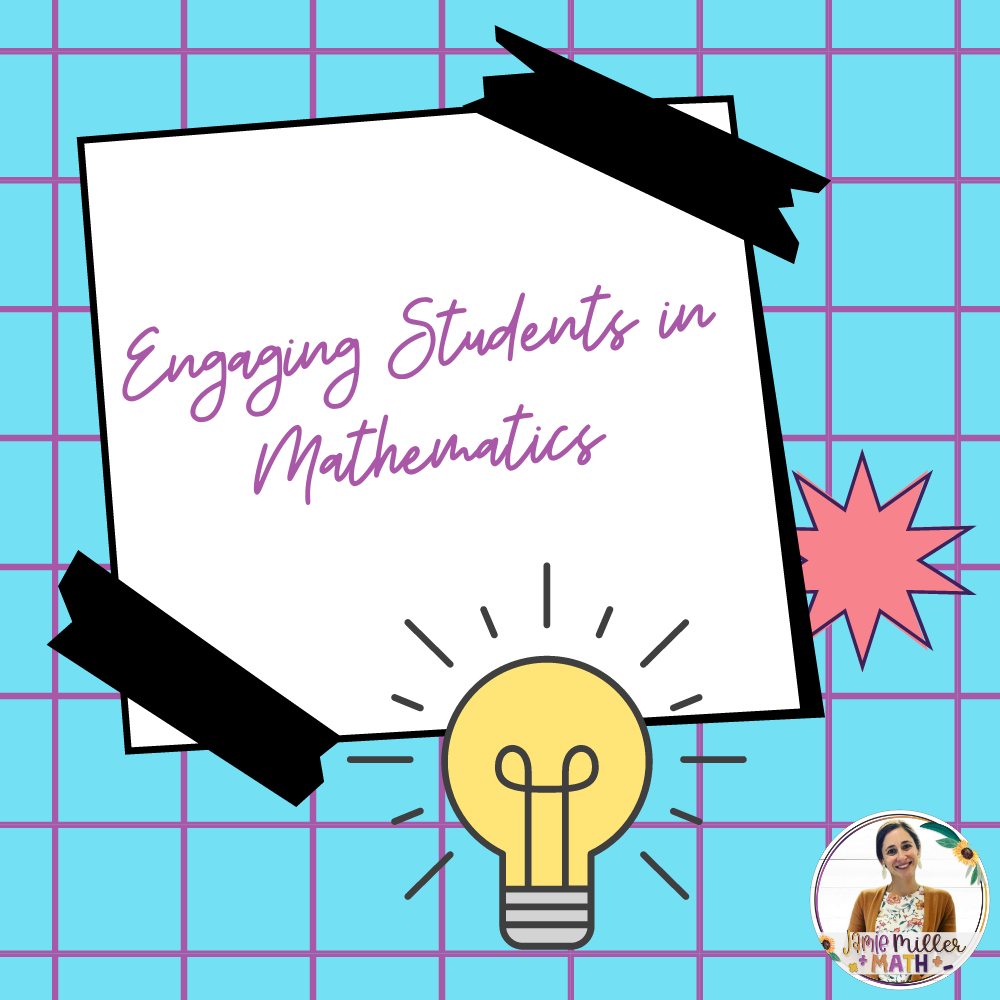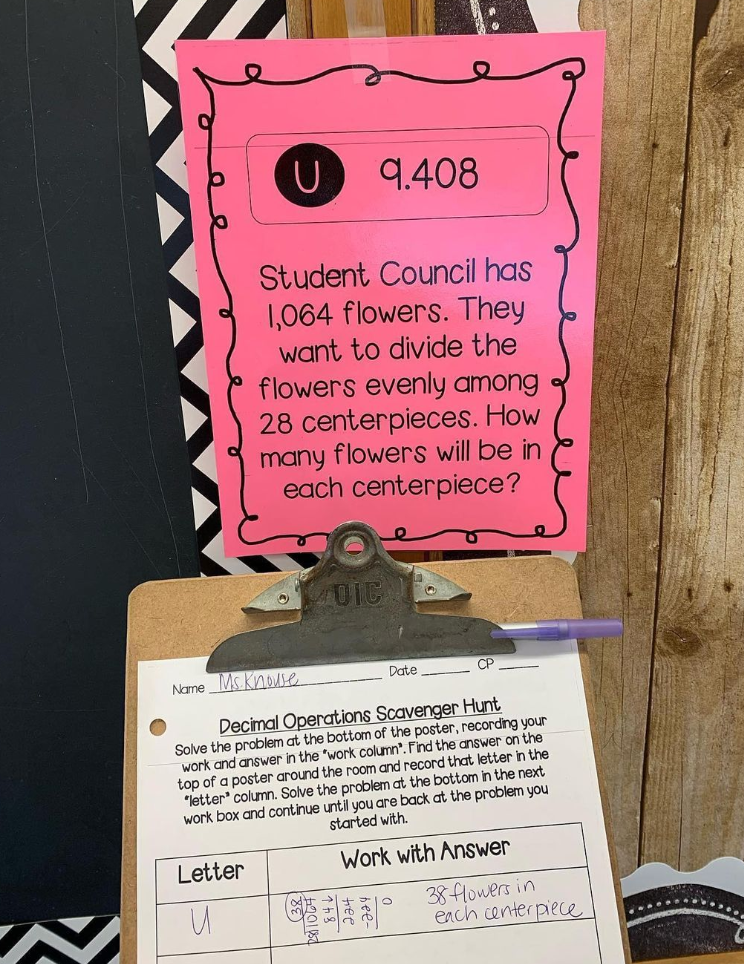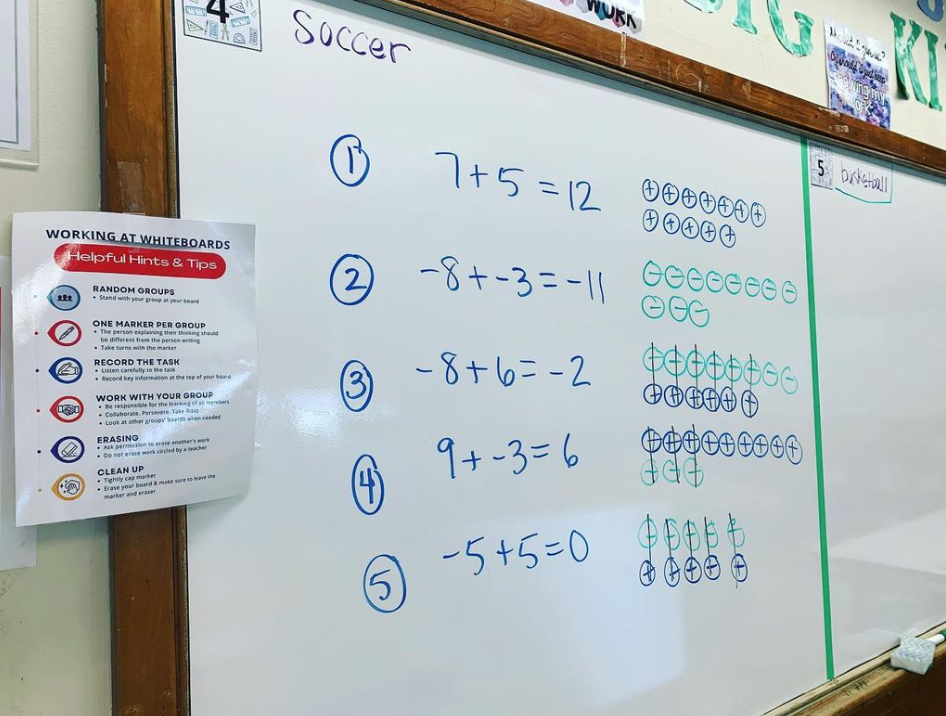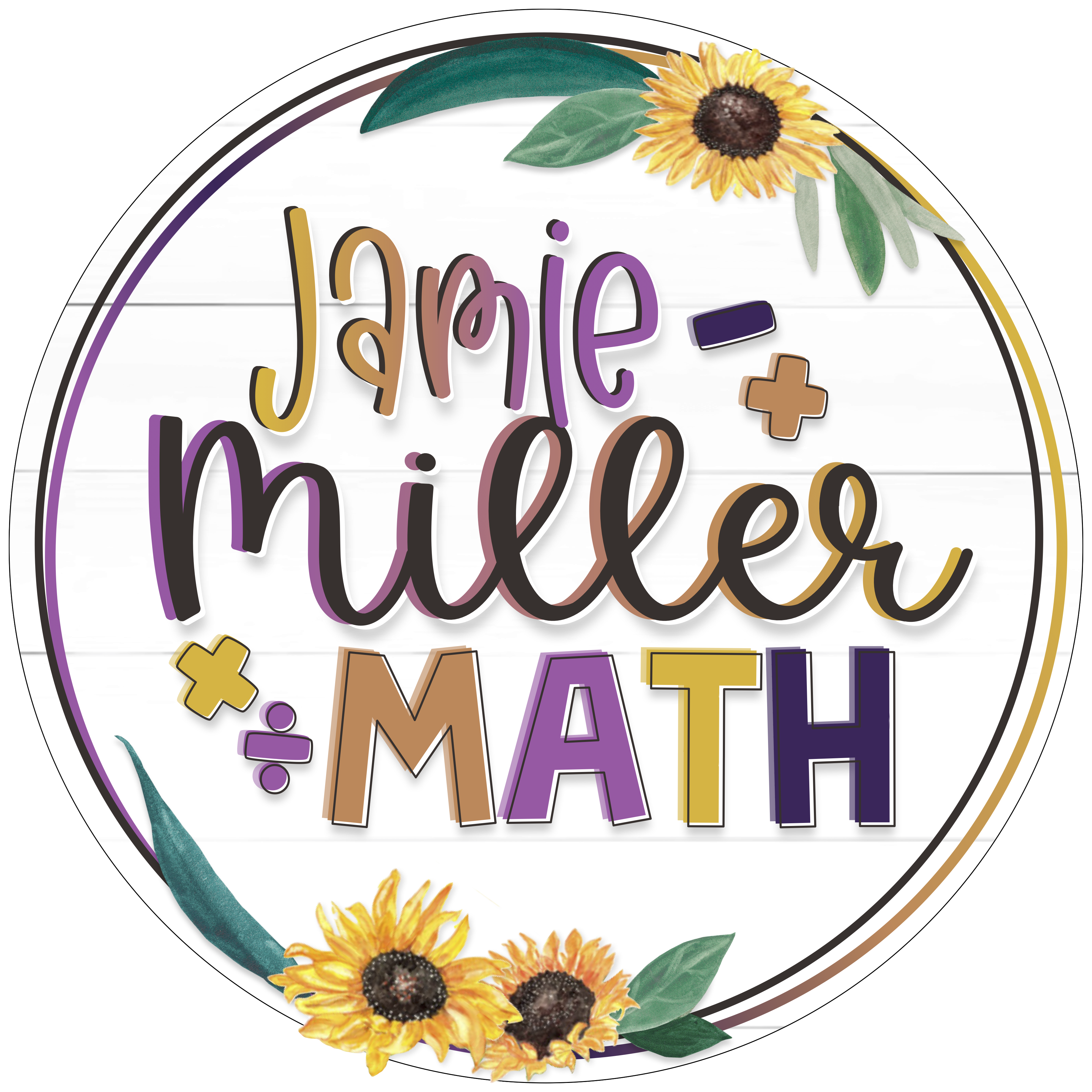
Engaging Students in Mathematics
Let’s talk about engagement! Spring is always a hard time keeping students engaged, especially as the weather gets nicer and the end of the year approaches.
Below are some of my favorite ideas to keep students engaged and accountable for their learning:
Movement
Research shows that there is a link between physical activity and higher academic performance, improved health, and better behavior. One of my favorite ways to incorporate movement into the classroom is through scavenger hunts. Scavenger hunts are self-checking but also allow students to learn/review content while moving. I recommend utilizing a larger space, such as the hallway, gymnasium, auditorium, cafeteria, or even outdoors to maximize space and reduce behavior issues. Check out my scavenger hunts here!

Partner Activities
Partner activities are a recent favorite! I like grouping students into random partner pairs. Partner A solves the left column while Partner B solves the right column. Students record work in the designated box and circle their answers. After each question, partners compare answers. If their answers match, they move on to the next row of problems. If not, they review their partner’s work to help identify and fix any mistakes. Partner activities engage students in collaboration and encourage students to reflect on their learning. Check out my partner activities here!

Review Games
Turn any worksheet into a game to make the class more exciting and engaging! Games can be played individually, in partners, in trios, or in groups. This also encourages collaboration, math talk, and learning from their peers. Review game ideas include SWAT, Math Lottery, Trashketball, Grudgeball, and Prize Bag.

Thinking Tasks
I love kicking off lessons with a thinking task that generates student thinking and self-discovery rather than me telling them how to do the steps to solve a particular skill/problem. Students are randomly broken into groups of 3 and then they work with their partners to answer questions on whiteboards positioned around the room. For example, I launched into systems of equations (and systems of inequalities) with word problems. Each group was given a different word problem and instructed to: define the variables, write a system, solve the system, and interpret the solution. Each group then shared out.
Some websites for thinking tasks include YouCubed, NCTM, Open Middle Problems, and Building Thinking Classrooms Facebook group.

Room Transformations
Room transformations are where you change your classroom by creating a learning environment centered around a theme. Room transformations are new and exciting. The best part of a room transformation is surprising my students, as they never know what they are walking into or what they will be asked to do. With that being said, room transformations are perfect for teaching rigorous content and keeping students engaged. Your students will have so much fun that they won’t even realize they are learning and growing. I recently did a Percentages Donut Shop Transformation where students solved real-world math problems (all centered around a donut shop) involving tax, tip, discount, percent of change, and simple interest. After completing a series of 3 tasks and using clues to complete the final breakout question, students earned a donut treat. Check out all of my room transformations here!

In Conclusion
In conclusion, engaging students during the spring can be tough but I hope these ideas help! Feel free to share engagement ideas below.


